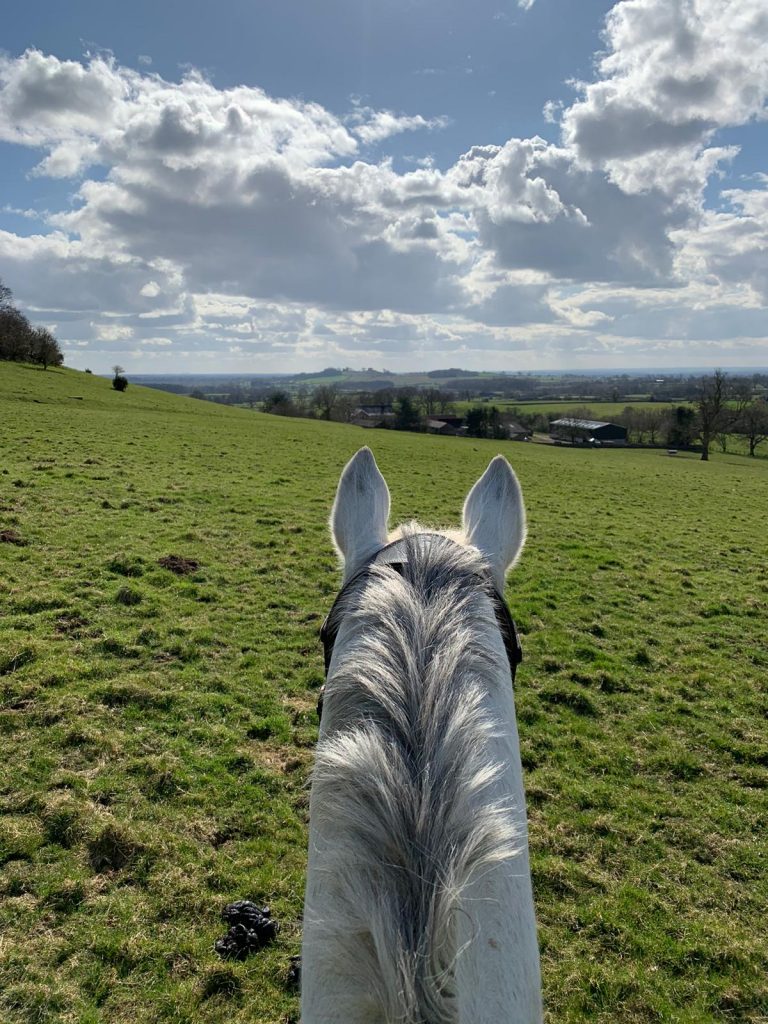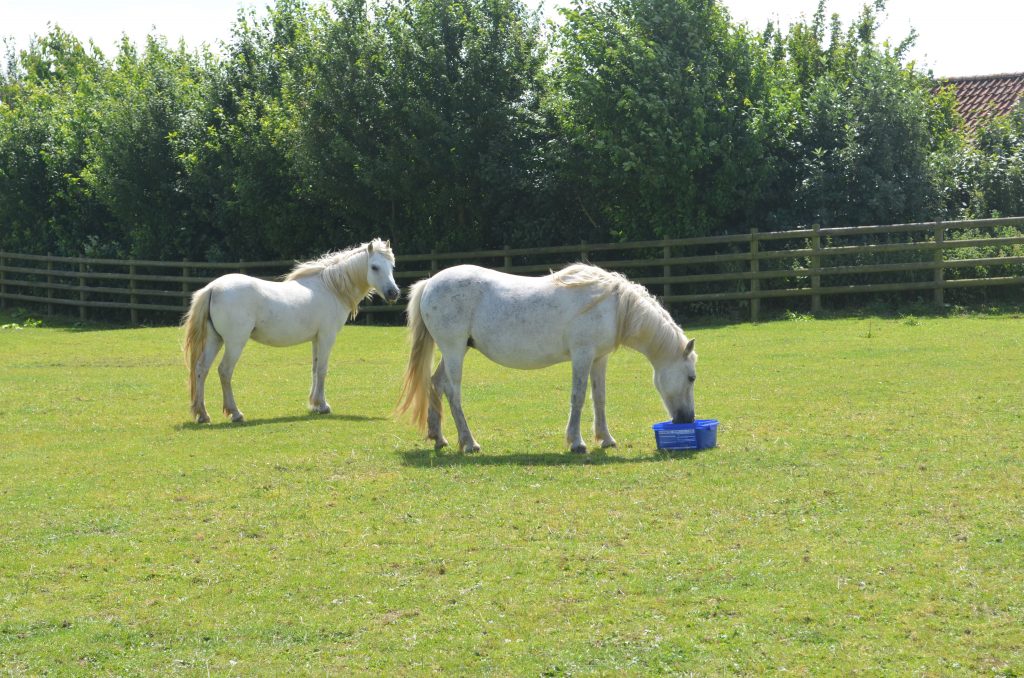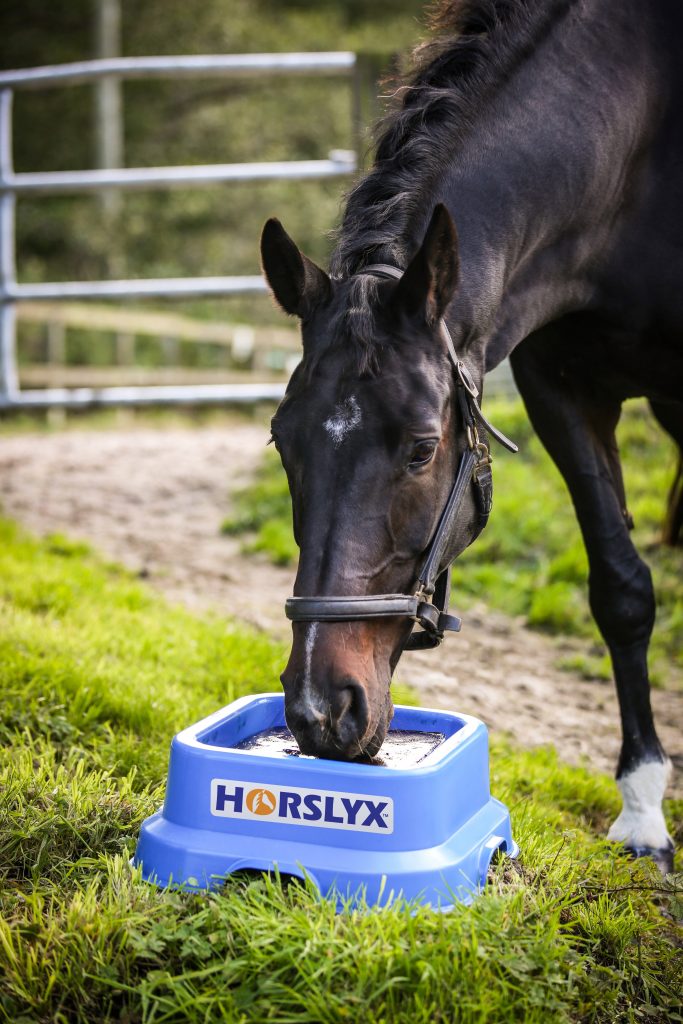At the present time, unless you are a key worker, we are now in lockdown with only essential travel allowed, plus an hour of daily exercise. This is a position we could not have envisaged two months ago when we were all bemoaning the mud and rain and dreaming of warmer, drier days. Now the clocks have changed, we have those warmer drier days but due to a situation completely outside of our control our lives feel completely different. This sudden change due to a pandemic, the likes of which hasn’t been seen since the Spanish Flu pandemic of 1918, is causing a lot of anxiety and concern for us all, for our families, particularly for any vulnerable family members, but also for our animals which rely on us for their care and let’s not forget how so many of us rely on those animals for our own mental health and wellbeing.
This situation has thrown up so many questions and we thought it would be useful to go through a few things here and hopefully clear a few queries up, if there is something we haven’t covered please do get in touch and we’ll update it another time.
Can I travel to see my horse?
Animal welfare will always be a priority so yes, to care for your horse you can travel to them, however if your horse is at a livery yard check out what the yard owner or manager has put in place. You may have allocated times to visit, there may be a new routine, and, in some circumstances, they may decide to care for the animals themselves to reduce the chances of infection with Covid-19. Work together to discuss a care plan for your equine and respect their decision and ask to use facetime or other technology in order to see your horse or pony regularly.
Can I travel my horse?
The advice is that unless it’s an emergency, or for welfare reasons, you should not be travelling your horse or pony.
Can I ride?

The government has not specified yes or no, however being sensible, the amazing NHS does not need any further pressure on it at this time with accidents. If you have your own land, or arena and you know (and trust) your horse or pony, you are happy to continue riding and can observe social distancing, then we’d advise that as long as you don’t do anything too challenging then there is no reason at present not to. However, be prudent, avoid challenging situations and consider working on the basics until things return to normal.
Can I buy feed for my horse or pony?
In short yes, for the welfare of your horse or pony you may need to buy feed, supplements, and of course Horslyx! However, make sure you know what your local store’s procedure is during Covid-19. Some have moved to an order only click and collect system, others restrict the number inside the store while others are delivery only. Please respect your store’s decision and follow their procedure to keep everyone safe. It’s also worth mentioning that you don’t need to panic buy, buy what you need and no more. Also be aware you are only making an essential trip so don’t visit the store twice a week, work out what you need, order it and collect it and keep your hand sanitiser at the ready, or wash hands regularly.

What if my horse or pony is really fit?
If you did have your horse or pony very fit, ready for competing then the most sensible thing is to reduce its workload gradually so that it can relax and be ready for possible roughing off. Full roughing off would usually take about 2-3 weeks but is dependent on your horse, however you may just be reducing the workload from medium to light but it’s important to still do this gradually to allow your horse to adjust. Start reducing their workload and feed at the same time, altering the feed slowly over as long a period as possible to avoid possible colic issues. If your horse has been stabled for most of the day and is likely to go to 24 hour turnout then alter your turn out time by an hour or so every day to acclimatise to both the dietary change as well as the eventual change to being turned out 24/7.
If I decide not to ride or we get told not to ride, what can I do?
There are many things you can do to keep your horse and you active while not riding. If you are lucky enough to have a walker then this is a great way of keeping your horse exercised at a low level and a great facility to have. Many people won’t have this option so you would be looking at lunging, long reining and groundwork exercises, and with these you can include pole work plus, if confident and have quiet fields around, then you can ‘hack out’ while long reining. These are great ways of working on the basics and building both another skill and your relationship with your horse. Another option is to carry out baited stretching exercises and these are a great way of keeping them supple. You can see some videos on our YouTube site and the Mini Horslyx is great for baited stretches.
What about visits from my vet, farrier or physiotherapist?
It is best to speak to your vet, farrier or physiotherapist but it is mainly the case that visits can be carried out if it is an emergency or in cases of welfare. In certain circumstances, especially for your physiotherapist and as advised by Harriet Beecroft, the Mini Horslyx Physio Ambassador, a video conference will be a starting point. Many farriers, including Abby Bunyard, our Mini Horslyx Farrier Ambassador are running a traffic light system where red means emergency hoof care and requires a visit, amber is advisory and could be delayed if possible and green is non crucial, and the farrier should not attend. Think ahead of your plans and if you are likely to be turning away then consider getting shoes off if appropriate and getting a visit early to avoid issues. Most vets will also be aiming to carry out virtual consultations followed up by a visit if necessary and most routine services are on hold until the situation clears up. With all these services it is important that we respect them all for what they are willing to do to keep our horses healthy and well. Ensure that you follow social distancing and their procedures as requested and if there is ANY possibility you have had contact with someone with Covid-19, own up, come up with a plan to treat your horse without you and allow these key workers to stay safe in this difficult time.

Can my horse or pony catch Covid-19?
This is a very real fear for many, after all apparently Covid-19 made the jump to humans from animals so can it go back? To reassure you the World Organisation for Animal Health (OIE) has advised that the current pandemic is due to human to human transmission and there is no evidence of transmission from, or between, companion animals.
What happens if I catch Covid-19 and I can’t visit my horse or pony?
It is really important to have a care plan in place for this exact circumstance. Many vets now have templates which they are publicising so that you can be organised and it will carry all of the basic care information that someone else looking after your horse may need to know and just means you will be as prepared as possible. Remember that a care plan is a little like insurance, you don’t want to use it, but if you have it and need it you will be very glad and it makes things a lot less stressful! As suggested by the BHS a buddy system is a great solution as well, especially if you have to self-isolate at home for two weeks which feels like a very long time but is worth it to keep others safe.

My livery is planning to turn out all horses and I have no say, how can I prepare for this?
There is no short answer here, so many variables depending on what type of horse or pony you have, what condition and fitness your horse is in now and what the livery’s plans are. The easiest way to get through this is to focus on communication – speak directly to the livery owner or manager and work it out with them. No yard will be making these decisions easily and talking directly to them to calm any concerns is the best option and setting plans in place for the coming weeks or months.
Much of what you do will depend on the kind of horse or pony you have and what their type is; are they used to being stabled regularly either for work or for weight management reasons? Are they still rugged up and fed for a higher workload? Are there any tendencies towards laminitis or other digestive issues? April is a difficult month to be turning out as while we can have very warm days it can still turn chilly quickly and wintry weather is not unheard of. The most important thing, no matter what type of equine you have, is that any changes to the diet and management routine is done gradually, ideally over 10 – 14 days. Many vets are reporting an increase in colic case over the last couple of weeks and are putting this down to sudden changes in management routine. If your horse is fully rugged and used to being ridden every day and fed to match, then reduce the workload, feed and rugs over as many days as possible to avoid issues such as colic.
To reduce the workload don’t immediately stop, start the process by doing less hard work in the same time initially, then start to reduce the time that you ride for, eventually decreasing the frequency you ride as well until you are doing light work which would be classed as riding for 30-60 minutes 3-4 days per week and the majority of time being spent in walk.
If your horse is still rugged up then start by removing any neck covers, then, with each stage taking a few days, reduce the weight of the rug until you get to a lightweight but remember that nights can still be cold so consider keeping that lightweight rug on until the weather is more reliable, especially is they are still clipped and haven’t grown their summer coat yet.
As you reduce the workload, reduce the feed quantity at the same time. You may also need to consider changing to a lower calorie feedstuff if you’ve been on a higher energy product such as a competition or conditioning mix or cube. Consider changing to an easy access balancer such as Horslyx which will provide all the vitamins and minerals your horse will need but without the calories. The trickle feeding pattern that Horslyx encourages, can help a horse stay healthy and happy while out at grass and will mean that they are receiving a balanced diet regardless of when they get seen in the day and who by.

If laminitis is your main concern, then in this situation it is imperative that your equine’s body score condition and the grass growth is assessed daily, and strategies put in place to avoid a case of laminitis. One of the most important things to do is to not let the weight creep on now, and this is best looked at immediately with the use of strategies such as electric fencing, muzzles and even track systems can work well to help reduce the likelihood of a case of laminitis occurring. In these circumstances some lunging or long reining will really benefit to help keep the weight down, but regular monitoring will be key as we are only just starting to see grass growth after a very long winter of mud! A top tip for these type of equines is to use a weigh tape regularly, while these are notoriously inaccurate what you are looking for is a gain or loss, not the actual number, and used in this way they are a good tool to keep on hand. Remember that when you restrict calories you are also restricting the vitamins and minerals so a balancer fed at recommended levels will be beneficial. If feeding Horslyx to a laminitis prone equine then free access is not recommended, hungry horses tend to be greedy. Allowing access for up to 10 minutes a day should allow intake of the daily required vitamins and minerals without excess calories consumed.
If you have the opposite type of horse who needs a lot of feeding to keep them looking well, they can cause as much worry, if not more, than one that gains weight as soon as it looks at a blade of grass! It is best to find out what the options are for managing them from your yard however with the grass still to come through in most cases the spring flush should really help to put some weight on. Otherwise find out when you can feed and what extra forage they can receive. Looking into feeding a product which contains digestive support will also help. When the gut is healthy, the horse is healthy so feeding a product daily that contains support from prebiotics and probiotics can really help.
As already mentioned, the most important criteria to make this change work smoothly is to communicate, the yard owner won’t have taken this decision lightly. Discuss any concerns directly with them, not others and make use of apps such as WhatsApp to keep in touch and if you aren’t able to visit then ask for video calling so you can see your horse or pony and feel reassured that they are fine and enjoying their enforced holiday.
Can Horslyx help in the lockdown?

In many cases Horslyx will be ideal to use as a balancer while your horse or pony is at grass. All Horslyx products are formulated as a Balancer to counteract the deficiencies in forage and grazing, containing an optimum level of vitamins, minerals and trace elements all in one tub. The free access lick promotes a natural trickle feeding pattern that allows the horse to self-regulate and consume Horslyx as and when they need it, leading to better digestion, less stress and a happier, healthier horse. Plus, if work has come to a stop, then feeding Horslyx Balancers with forage can provide a balanced diet and enough calories for many horses and ponies at rest or with a light workload.
You might not know that a 15kg Horslyx will last a 500kg horse about two months. So that’s two months of a balanced diet, two months of hoof support, two months of antioxidant support and two months of easy and cost-effective feeding from 47p per day! And that’s just if you use Original Balancer, while the others provide different benefits to your horse or pony.
If you’re really looking to save money, then an 80kg Horslyx Original Balancer will last a 500kg horse an amazing 320 days? That’s almost a full year of a balanced diet, hoof support, antioxidant support and impressively easy and cost-effective feeding at about 40p per day!
Ideal for a time when you might be looking to take shoes off for the summer, all Horslyx Balancers contain the vital hoof component Biotin at 12mg/kg, essential for hoof health, plus zinc is added for optimum hoof support, so with Horslyx you’ll be feeding for the future health of your horse’s hooves.
A powerful antioxidant package is included in all the Horslyx Balancers which comprises of Vitamin E, Zinc, Copper and Selenium plus in Respiratory and Mobility Vitamin C is added for increased immune support.
If your horse is bothered by flies then Horslyx Garlic Balancer contains pure garlic oil and studies at The University of Aberystwyth have shown that feeding it can significantly reduce the irritation from flies and other biting insects whilst horses are at grass, and still balances the diet! Find out more at www.horslyx.com.
If you’re worried about sugar content, then you might be interested to hear that when fed at recommended levels the daily amount of any Horslyx Balancer for a 500kg horse will provide 82.5g of sugar to the diet, while 1kg of hay would supply 100g to the diet. If you have an equine prone to laminitis, then only ever feed on a restricted basis as a hungry horse is a greedy horse. Providing a Horslyx for up to 10 minutes a day will provide vitamins and minerals but without the excess calories. To find out more watch our videos on YouTube, try this one to start with https://youtu.be/CvKx1ZE-9QE .
If you have any questions about Horslyx or anything else then please get in touch, but in the meantime stay safe, we’ll see you on the other side.
With very best wishes
The Horslyx Team

